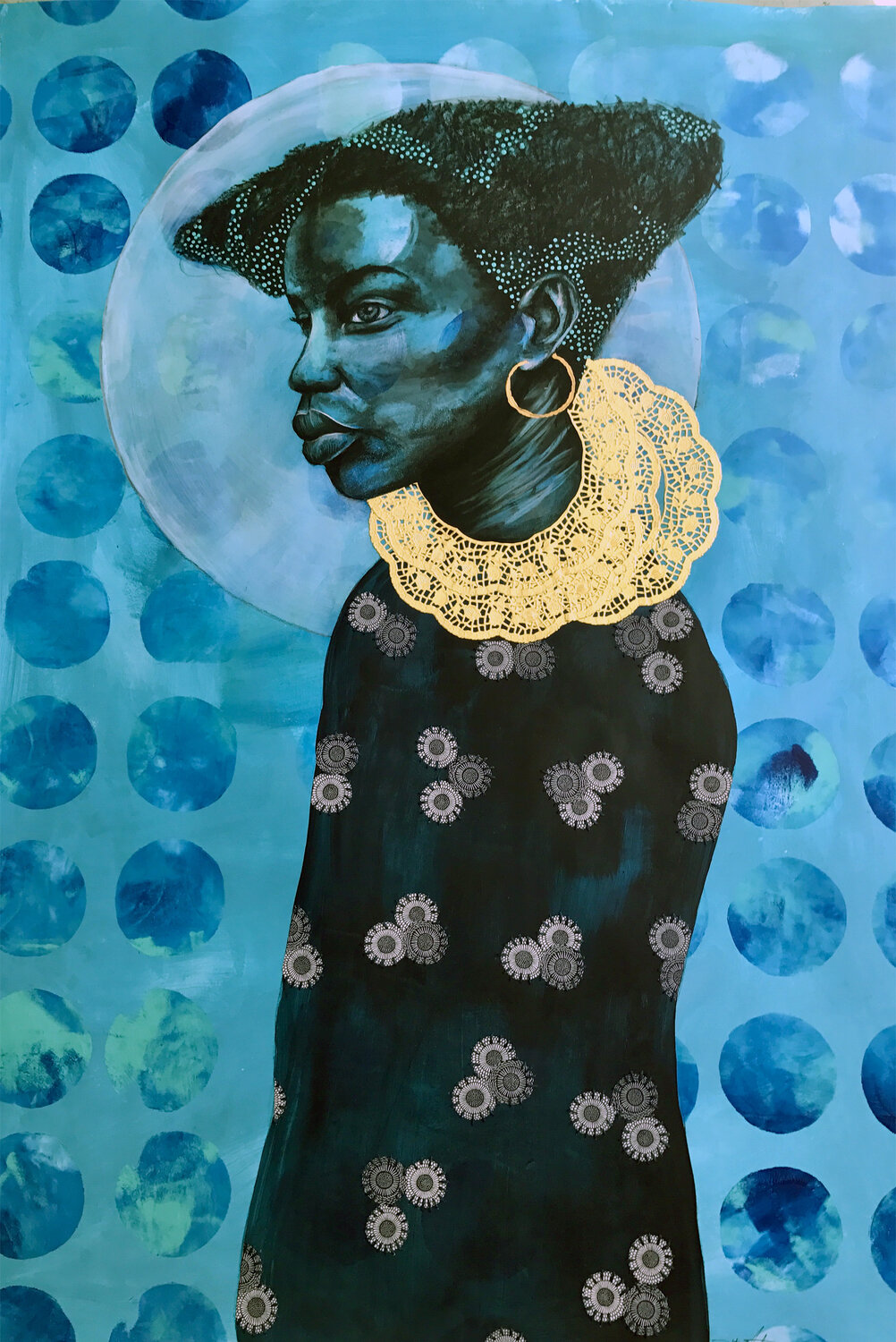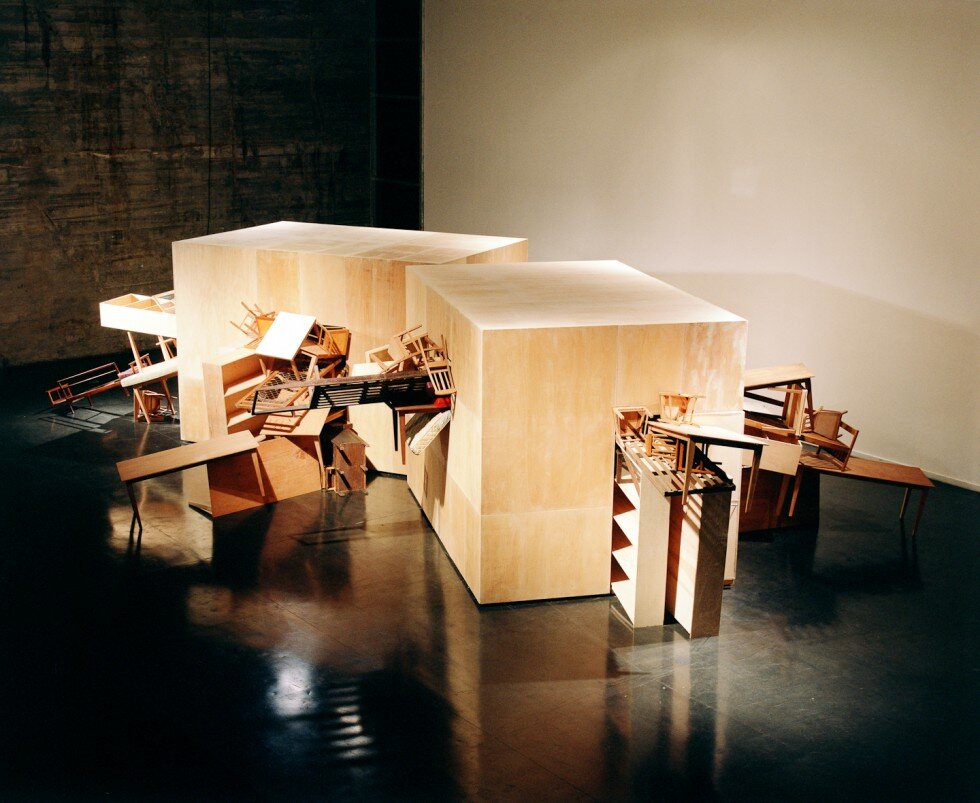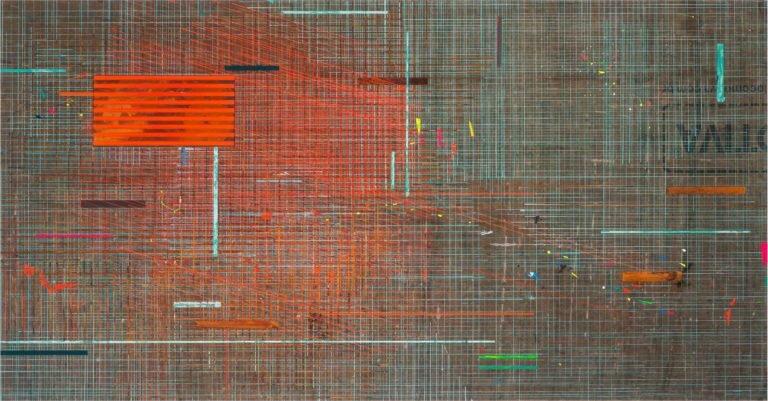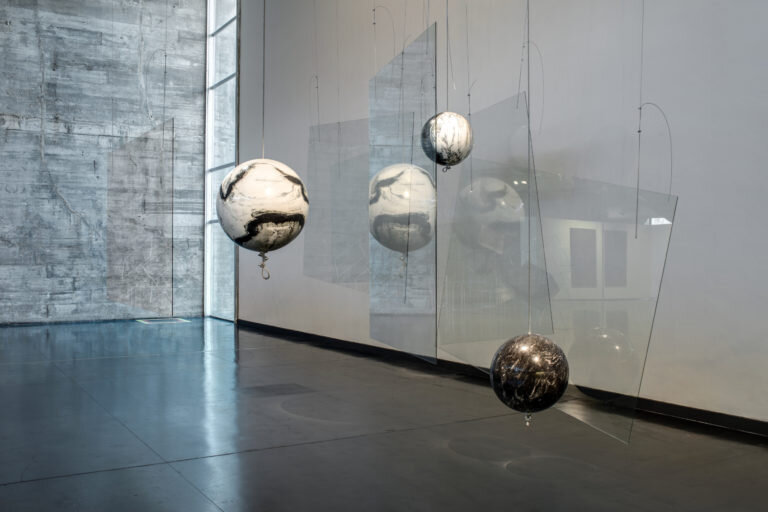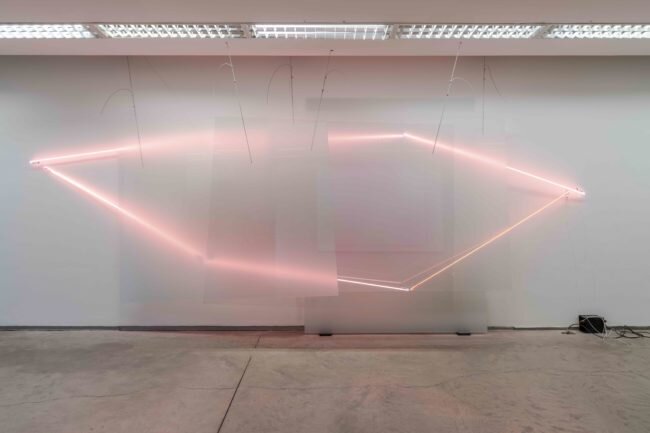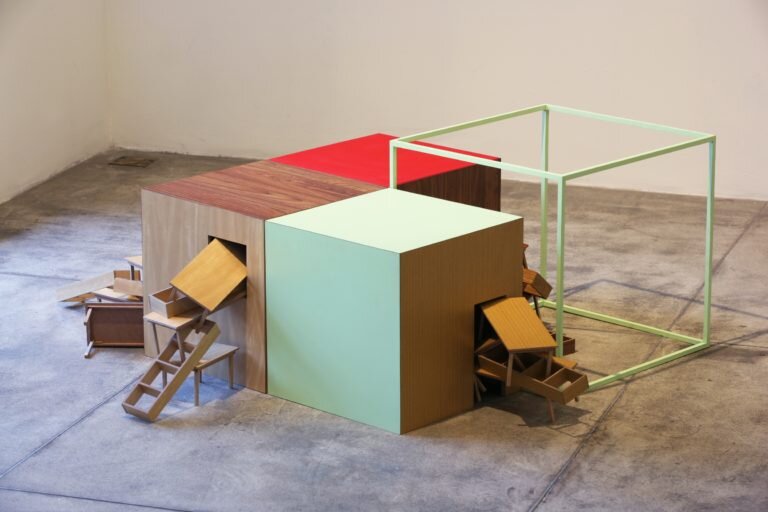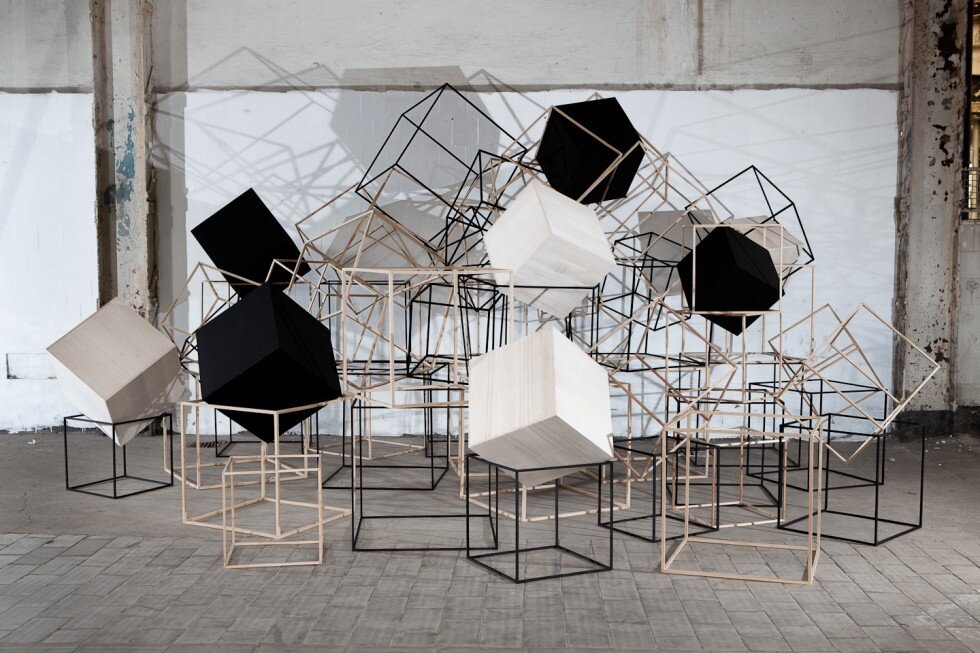Our perspective on life is constantly being influenced by external factors. External influence has the capacity to sway the way we act, think, and feel. When it comes to what externalities we assimilate and make part of our beliefs and daily lives selectivity matters. Ana Rendich, an Argentine-born artist based in Virginia, is in tune with these external complexities and how to transform them into the paintings and sculptures she envisions and creates.
Process
Study, small work.
The way Rendich presents her artwork is selective, and it all begins with her unique creation process. Much like dissecting information, she is discerning on what matters to her first subconsciously, then consciously. She connects with her inner narrative to turn it into art. This process honors her strong sense for the creative process behind every piece. For Rendich, specific themes come to mind and act as primer for her creations.
She explains:
The base of my art is bringing presence through absence. There are different types of absences: not only physical absence, but also the lack of the fabric that could make us better human beings. All these have created the need to incorporate other elements, according with the sensibility of each piece, like the use or wood, metal and paper, besides oil, silicone, etc. I enjoy immensely the closeness with my materials, the tactile and physical connection too. It takes time to find materials that work with the guiding nature of my process. For example, I often visit lumberyards and I seldom find something that interests me. It takes time to find a piece of wood that I feel I can grow and work with.
Aesthetic
Semilla, mixed media.
Some of Rendich’s works look like candy on the wall, especially her sculptures. Her use of color acts like an added element of surprise that blends in beautifully and intentionally. There’s structure to the color itself, which creates boundary-like effects on the paintings and sculptures. Where each space is defined within the whole. Almost portraying a sense of individuality to the piece itself and its shape and shade in relation to the rest, including the exhibiting wall space.
“In both my paintings and my sculptures, color and shape are secondary to the overall composition. They are not separate elements—both form a symbiosis of the whole work. When I make an artwork that contains individual pieces, I always keep in mind that each piece belongs to the other part, and that the space that all the pieces occupy together is what makes the work,” Rendich comments.
The use of color creates contrast within and around its outer space. Each shade does this in a non-restrictive way, as the edges are soft, yet it makes the viewer aware of the effect. The raised clear surfaces on the resin sculptures do a beautiful job at encapsulating an area and keeping it contained through an almost clear boundary. Every piece is timeless yet frozen in time, as it exists individually first, then in relation to one another - even in the sculptures she showcases as pairs.
Deeper Meaning
Untangling Single Vision, oil on linen.
In her latest exhibit, Untangling Single Visions, at the Quirk Gallery in Richmond, Virginia, Rendich showed how simplicity can unfold. Yes, a single idea can connect through shape or color in art, but these components, much like thoughts themselves, have the power to transform. All it takes is influence, perspective, and time of fill in the absence of what not yet exists in our minds.
She notes:
My creative process is very personal and internal. In general, it is about something that awakens in me and it is then that I have this need to create the work based on a deep-rooted sentiment that came to me. What influences me most probably is the absence of consciousness, the lack of empathy. All these “ingredients” that make us less human…so I need to bring some light, not with the intention of preaching or judgmental, but to reflect and contemplate in our humanness.
When closely observing her sculptures, you begin to appreciate the depth and complexity, much like our own thoughts. This to me is saying that when we unravel a thought or vision, it naturally can lead to more context, more information, more knowledge, to make that vision richer and whole. It provides us with perspective or that consciousness Rendich refers to. It is what we gain here that shapes us to continue becoming who we are meant to be as part of our human journeys. When we open ourselves to these possibilities, we become better versions of ourselves by becoming more aware of the world overall.
As an example of how Rendich’s mind incites her creativity, she shares thoughts on her current projects:
Right now, I am making a couple works based on an event that happened in Argentina. In September 1976, 10 adolescents were abducted by security forces in the city of La Plata near Buenos Aires, Argentina. It is called the "Night of the Pencils" because they were students between 13 and 18 years old. Six of the 10 were never seen again. I grew up with violence, and the disappearance of human beings has created more questions than answers. I want to investigate visual ideas involving human loss through violence, bringing hope and healing joined together by our common humanity.
Concluding Thoughts
Untangling Single Visions, oil on linen.
We have the power to compartmentalize everything, be it thoughts, feelings, perceptions, or even material items. These pieces are part of something greater we have created even subconsciously with all the influence that surrounds us. Everything we experience, like these lovely artworks by Ana Rendich, matter.
For more on Ana Rendich’s work, please visit her website.
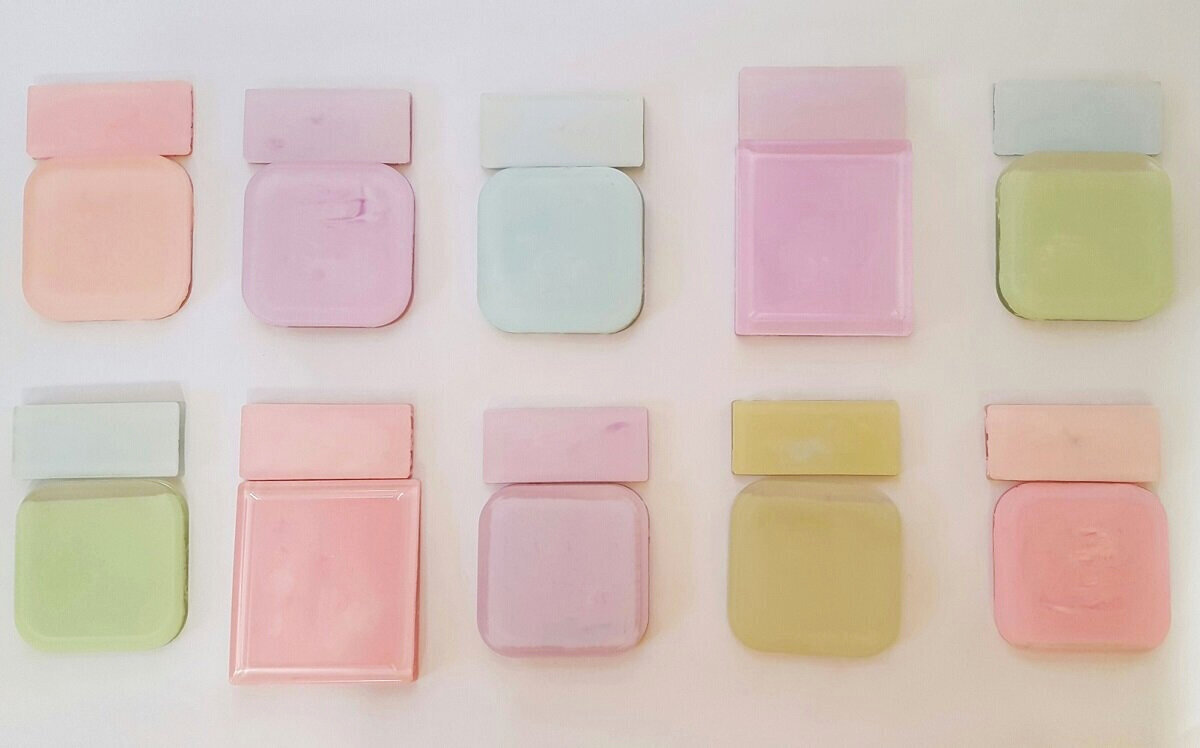
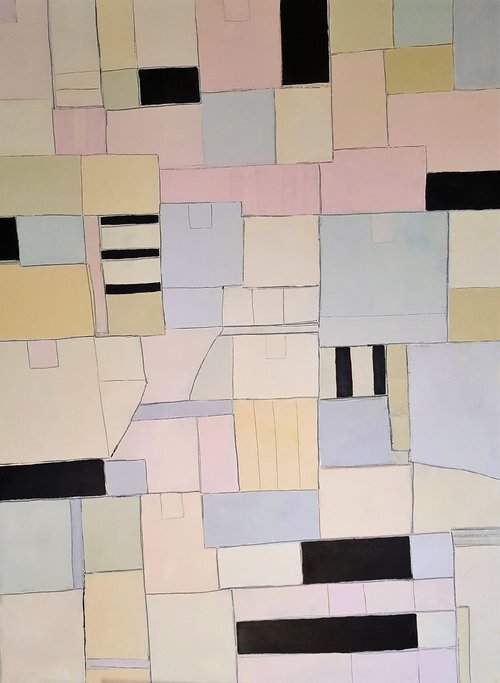
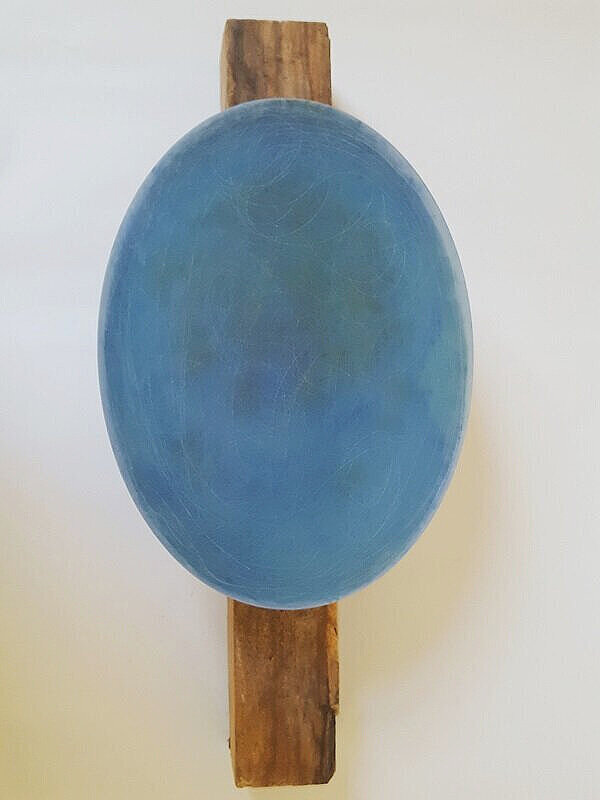
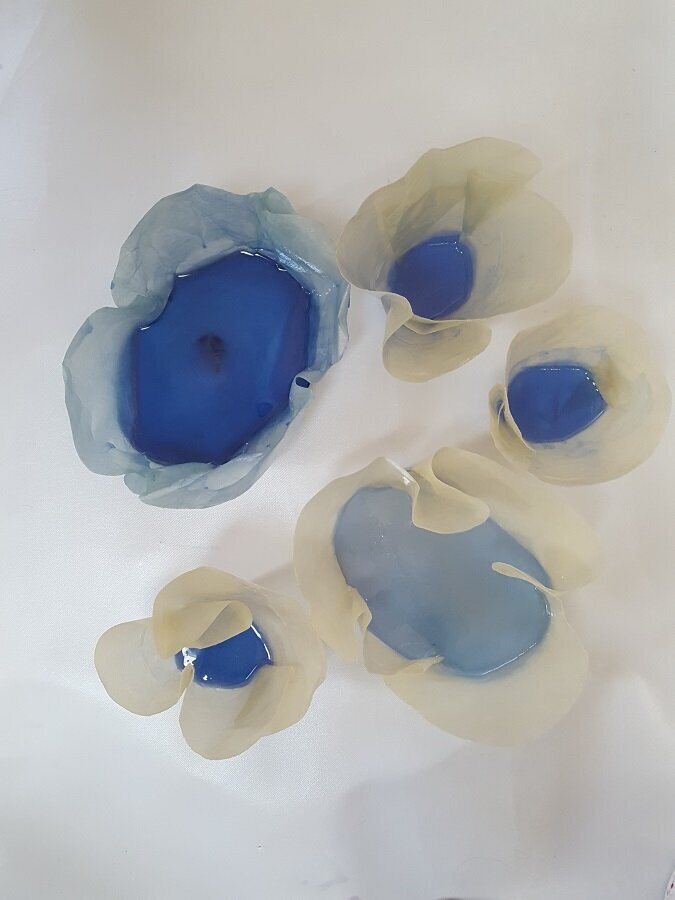
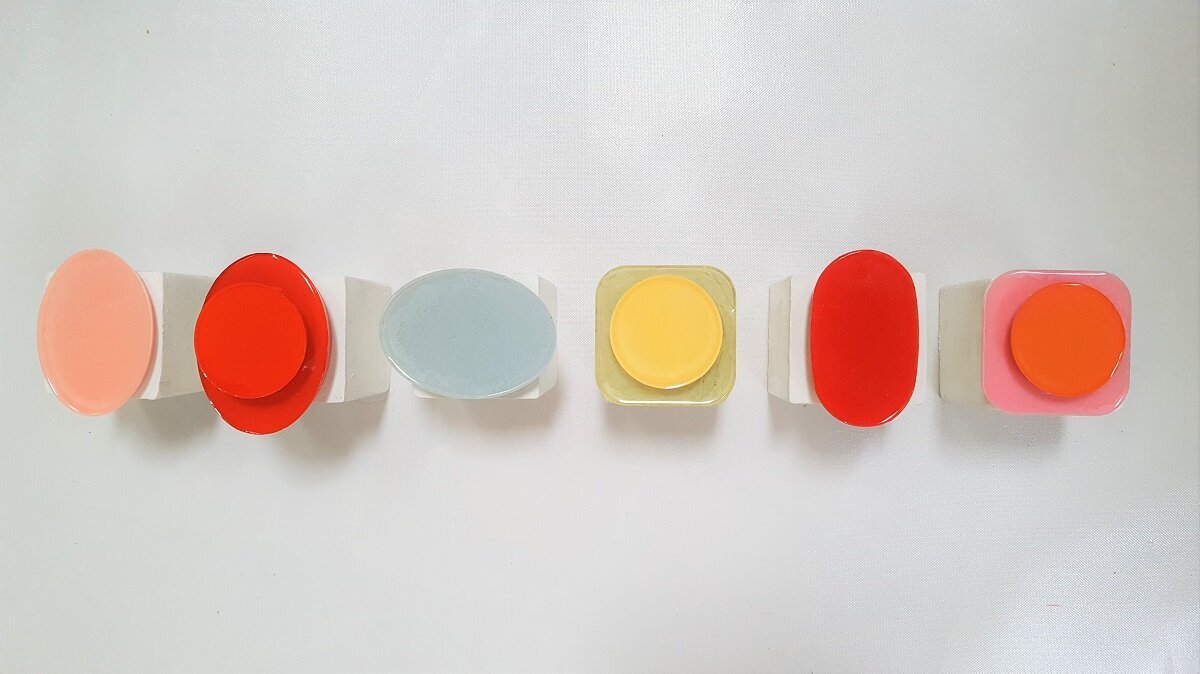
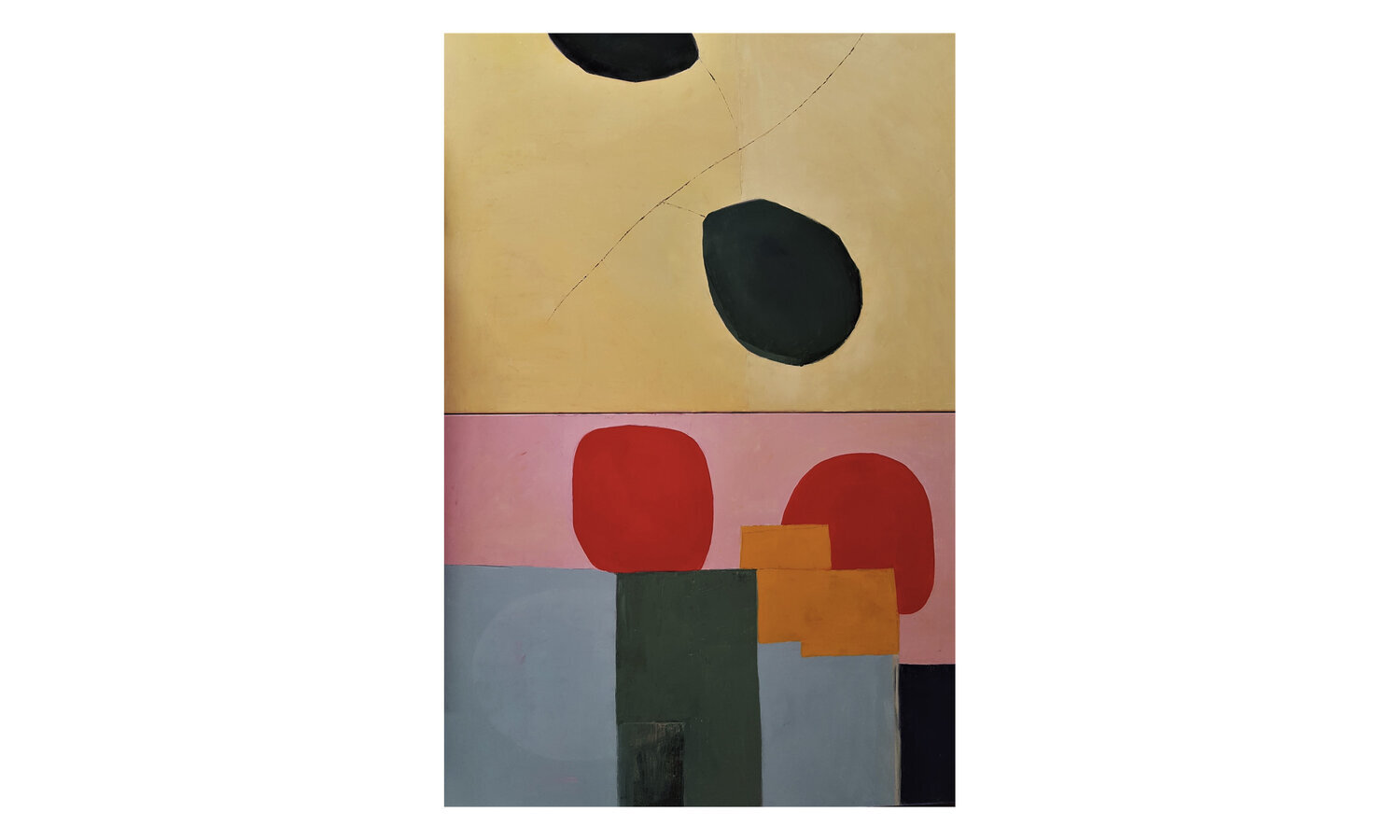
Today’s poem reflects Ana’s deep connectivity to humanity, what we lack, and what we need:
I Wandered Lonely as a Cloud
I wandered lonely as a cloud
That floats on high o'er vales and hills,
When all at once I saw a crowd,
A host, of golden daffodils;
Beside the lake, beneath the trees,
Fluttering and dancing in the breeze.
Continuous as the stars that shine
And twinkle on the milky way,
They stretched in never-ending line
Along the margin of a bay:
Ten thousand saw I at a glance,
Tossing their heads in sprightly dance.
The waves beside them danced; but they
Out-did the sparkling waves in glee:
A poet could not but be gay,
In such a jocund company:
I gazed—and gazed—but little thought
What wealth the show to me had brought:
For oft, when on my couch I lie
In vacant or in pensive mood,
They flash upon that inward eye
Which is the bliss of solitude;
And then my heart with pleasure fills,
And dances with the daffodils.





